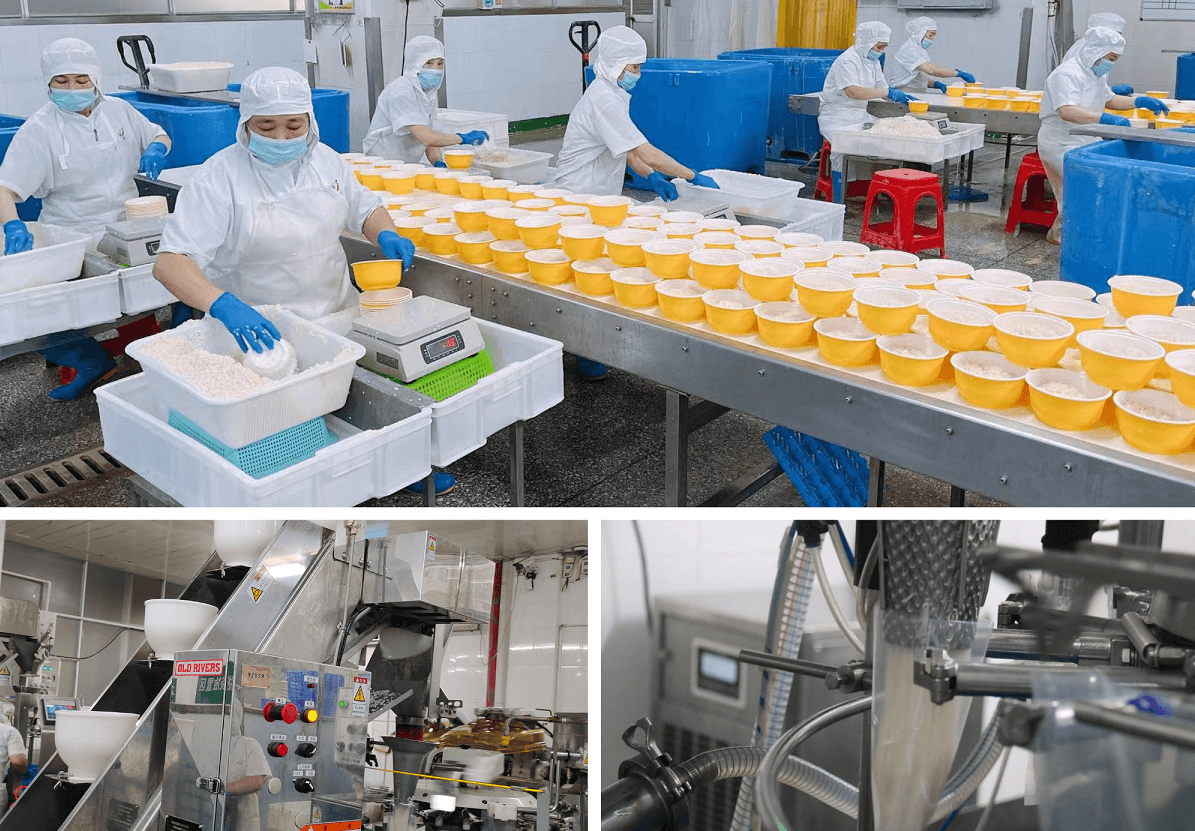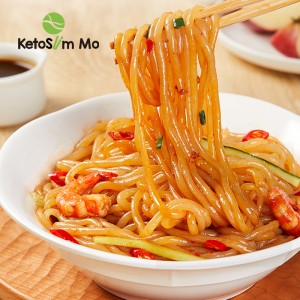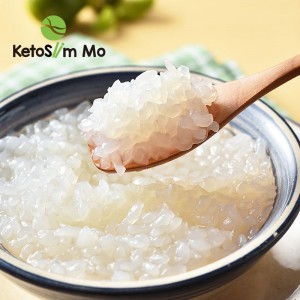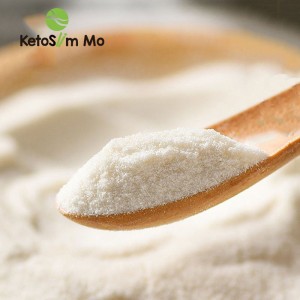Can you give me some suggestions to improve the quality of konjac noodles?
As more people adopt low-carb or gluten-free diets, the demand for alternative pasta foods is increasing. Because of its minimal carbohydrate content and gluten-free nature, konjac noodles have become a popular choice among individuals seeking a healthier alternative to traditional wheat or rice noodles and those on restricted diets.
Known for its unique texture and low calorie content, konjac noodles are the first choice for an increasing number of health-conscious consumers. As a professional konjac noodles manufacturer, it is crucial to ensure the highest quality standards to meet the growing demand. In this article, we’ll look at a few tips to improve the quality of your konjac noodles and provide your customers with a quality product.
What is konjac noodles?
Konjac noodles, also known as shirataki noodles, are noodles made from the roots of the konjac plant. The konjac plant, scientifically known as Amorphophallus konjac , is native to various parts of Asia, including China, Japan, and Korea. Noodles are made from the starchy corms (underground corms) of the konjac plant or from konjac glucomannan powder extracted from the bulbs.
Suggestions for improving the quality of konjac noodles
1. Ingredients selection: The foundation of high-quality konjac noodles lies in the selection of ingredients. The most important thing is to purchase high-quality konjac flour or konjac glucomannan powder from a reputable supplier, as this affects the quality of the konjac noodles produced. Carefully evaluate the source and quality of konjac to ensure it meets your standards and is free of impurities.
2. Water quality: Water plays a vital role in the production process of konjac noodles. To avoid any contaminants that may affect the taste or texture of the noodles, make sure to use clean and filtered water. The gelling properties of konjac can cause odors or effects due to impurities in the water.
3. Texture optimization: The texture of konjac noodles has a significant impact on the overall quality and consumer experience. Try using different ratios of konjac flour to water to achieve your desired texture. The amount of water may need to be adjusted to achieve the right balance between firmness and chewiness. Additionally, consider adding additives or binders to enhance the elasticity and texture of the noodles.
4. Processing technology: The processing technology used in the production process greatly affects the final quality of konjac noodles. Make sure to mix and knead thoroughly to achieve an even distribution of konjac powder and water. Proper extrusion method is also critical to achieving consistent thickness and shape. Careful attention to detail during these processes will help prevent clumping or uneven texture.
5. pH adjustment: The key to maintaining proper pH during production is to optimize the gelling and textural properties of konjac noodles. Konjac noodles tend to benefit from a slightly alkaline pH. So the pH needs to be monitored and adjusted regularly during the process to achieve the desired texture and consistency.
6. Drying and packaging: Proper drying is crucial to maintaining the quality and shelf life of konjac noodles. Dry the noodles thoroughly to remove excess moisture and do not overcook them. To preserve nutritional value and prevent undesirable texture changes, low temperature drying methods are preferred. Once dried, the noodles are packaged in materials that provide a barrier against moisture and oxygen to extend their shelf life.
7. Quality management: Implement strict quality control measures throughout the entire manufacturing process. Test the texture, taste and appearance of your noodles regularly to identify any inconsistencies or areas for improvement. This will help ensure that only the highest quality noodles reach the market.
8. Packaging and storage: Pay attention to packaging and storage. Use appropriate packaging materials to maintain the quality and freshness of your noodles. Moisture and oxygen can degrade products over time, so choose packaging that protects against moisture and oxygen. To maintain its quality and extend its shelf life, packaged noodles can be stored in a cool, dry place.
Conclusion:
As a professional konjac noodle manufacturer, improving product quality is crucial to meet the needs of discerning consumers. Providing high-quality konjac noodles that satisfy customers requires careful selection of ingredients, optimizing texture, improving processing techniques and implementing strong quality control measures. Remember, continuous improvement and attention to detail are keys to achieving the best quality in the manufacturing process.
Reliable Konjac Food Supplier

Konjac Foods Supplier'S Popular Products
Post time: Nov-01-2023





